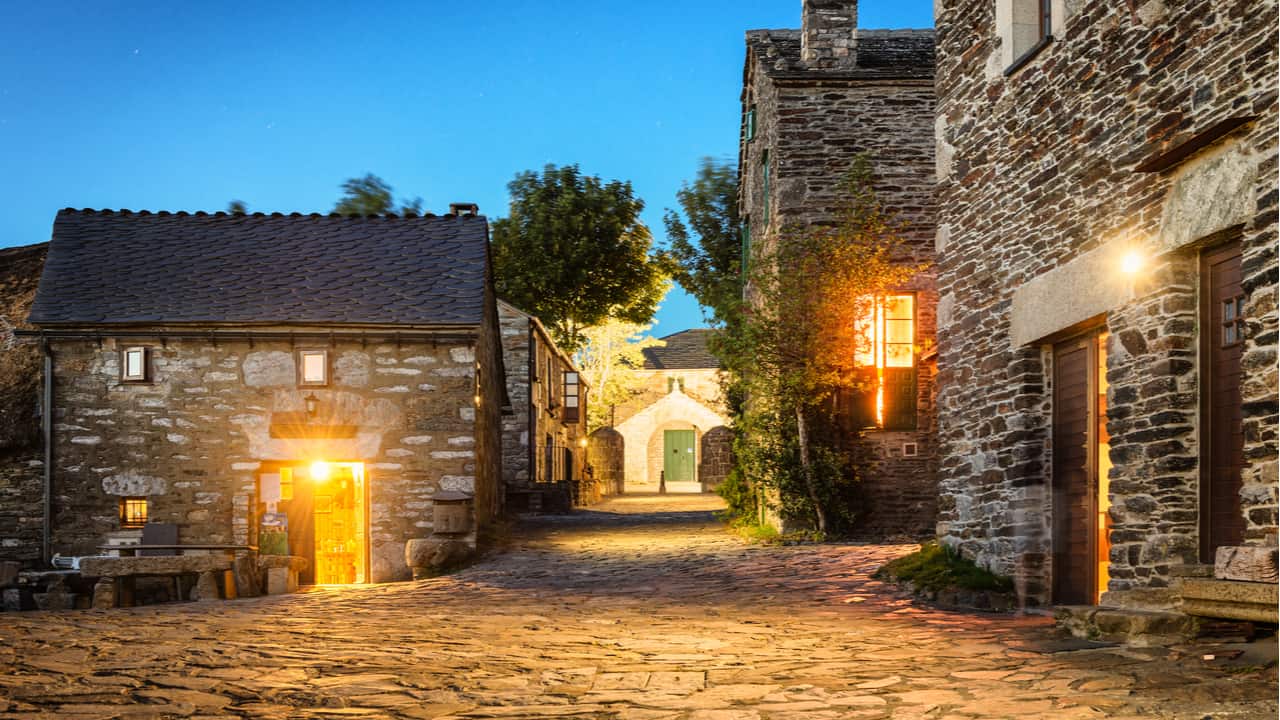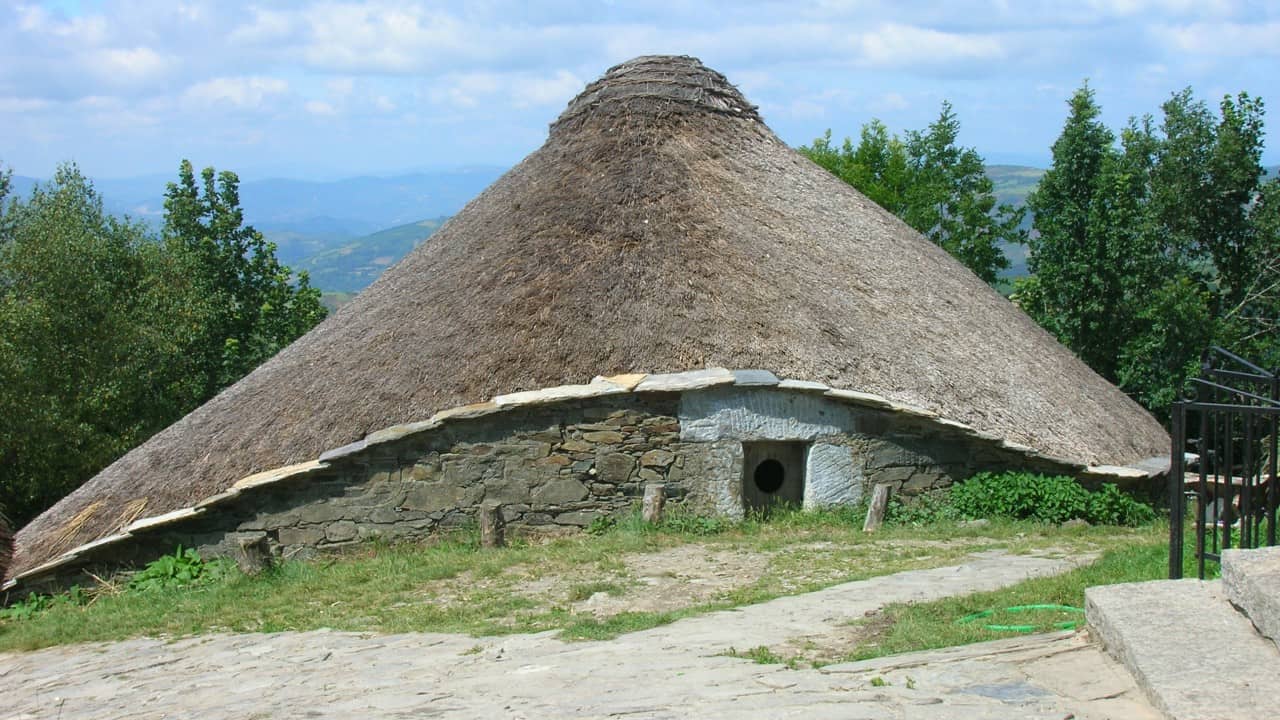O Cebreiro is a quintessential stop on the Camino Francés, the most travelled Camino de Santiago route leading to Santiago de Compostela. Perched atop the mountains of Galicia, it greets weary pilgrims with a mix of enchanting Celtic history and breathtaking views.
I believe that the village embodies the essence of the Camino: a blend of spiritual journey, cultural immersion, and physical challenge. Its traditional stone houses and the pre-Romanesque Santa María la Real church are architectural wonders and repositories of countless stories stretching back centuries.
Walking through O Cebreiro, I was transported to a different time. The pallozas, circular stone houses with thatched roofs, speak volumes about the Celtic people who once inhabited the region. The village serves as a tangible connection between the past and present, offering a rich cultural tapestry for those who venture through Galicia on their pilgrimage to Santiago. The air here is crisp, often laden with mist, adding to the village’s mystical aura.
The Miracle of O Cebreiro
As the story goes, on a stormy day over 700 years ago, a devout peasant named Juan Santín trudged through wind and rain to attend mass, only to be mocked by the sceptical priest for his dedication.
But during consecration, divine forces intervened to punish the priest’s doubt. Before the men’s astonished eyes, the bread and wine miraculously transformed into flesh and blood, proving Juan’s faith righteous.
Some say this very peasant and priest were later laid to rest inside the church, while the Virgin Mary statue is said to have turned her head to witness the holy spectacle. The event put the remote mountain village on the map – today, visitors still flock to O Cebreiro to visit the church and perhaps glimpse fading stains where blood once flowed centuries before. Whether history, myth, or a lesson in faith, the timeless tale still haunts the worn stone walls, recalling a humble man and a miracle from above.
Architectural Wonders
Pallozas
What makes O Cebreiro are the pallozas – ancient stone huts with thick, thatched roofs that have sheltered generations of highland residents. These rustic dwellings remain a portal into the past, offering a glimpse of historic life in this remote region.
Every time I stepped inside one of these abodes, I imagined the hearths once burning bright as winter winds howled outside. Typically divided into a bedroom, kitchen, and stable, they housed both family and animals together, with the animals warming the space while benefiting from its protection against the elements.
Of the four pallozas comprising O Cebreiro’s outdoor museum, three are open to exploring – including Xan López’s palloza, now the Ethnographic Museum. Nearby stand the well-preserved homes of Quicio, Galán, and Campelo.
These hardy mountain refuges remain as enduring monuments to the resourceful souls who once dwelled within. Their ingenious architecture allowed survival amid harsh winters at higher altitudes – a profound example of adaptation to the oft-unforgiving Galician landscape.
Church of Santa María la Real
The Church of Santa María la Real is an enduring monument to the Camino de Santiago. Its weathered stones date to the 9th century AD – the oldest intact sanctuary along the Camino to Santiago de Compostela.
Within its modest walls, history permeates the sacred space. An effigy of Santa María la Real presides from above, watching over decorated chalices and medieval reliquaries gifted by devout travellers.
By the door, a timeworn baptismal font welcomes newcomers, as it has for nearly a millennium. And entombed below lies Elías Valiña, the priest who championed what is now known as the iconic French Route across Europe to this remote corner of Spain.
Much has changed since the church’s founding twelve hundred years ago. But Santa María la Real is still there for modern-day pilgrims to rest their feet on the long journey west.
The Sculpture of the Pilgrim Woman
At the edge of O Cebreiro, a trailside viewpoint unveils a unique sight along the Pilgrim’s Path – a bronze sculpture of a female wanderer gazing out across the mountainous landscape. As the first depiction of a woman among contemporary pilgrim statues, she subverts tradition on multiple fronts.
Rather than mid-stride, she rests serenely as if soaking in her surroundings. And while over half of modern-day pilgrims are female, public monuments fail to reflect this reality. But thanks to sculptor Miguel Couto and funding from Pedrafita and the region, her glinting form now greets travellers headed west.
Local Gastronomy and Crafts
O Cebreiro’s gastronomy is renowned for its authenticity and local produce. I definitely recommend trying the “queixo do Cebreiro”, a traditional cheese that is a delicacy of the area. It’s creamy and has a distinctive shape reminiscent of a chef’s hat.
Visitors also find a variety of handcrafted goods, ranging from pottery to textiles, that reflect the artisanship of the region. These products, I notice, are not only souvenirs but also carry the essence of Galician culture.
Accommodation in O Cebreiro
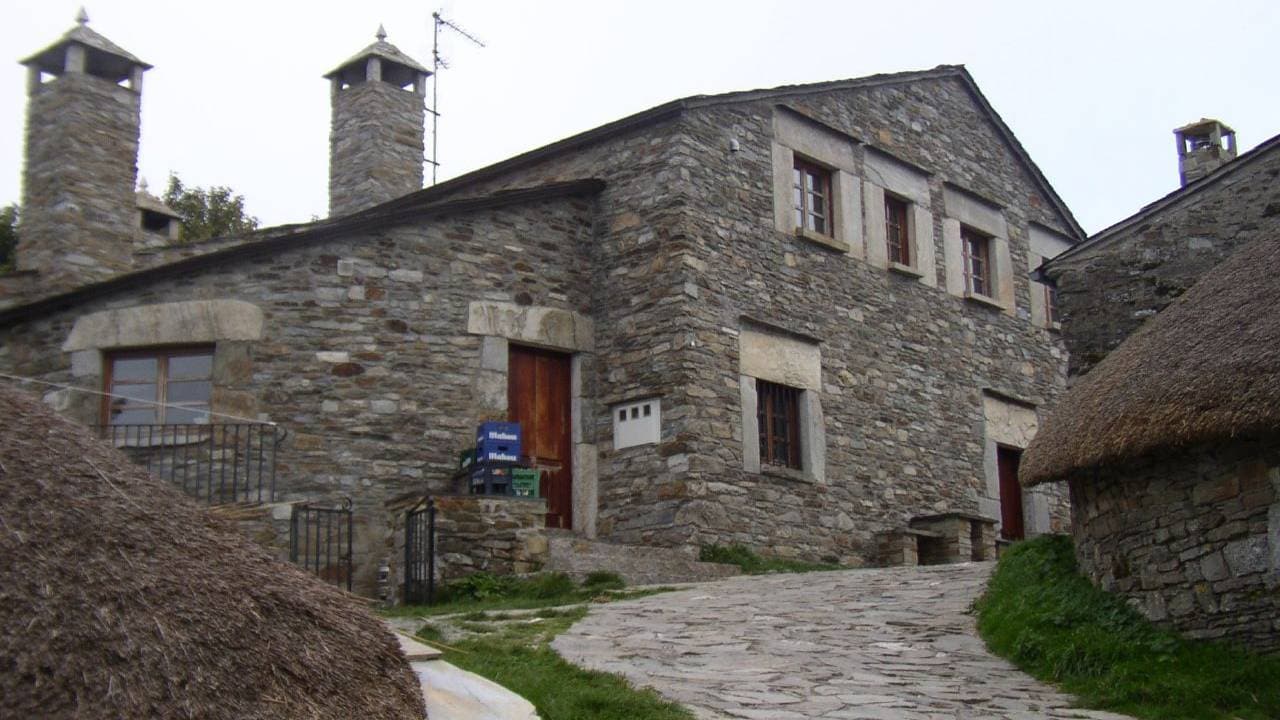
I’ve been to O Cebreiro twice, staying once. From traditional pilgrim hostels to private room offerings, the hamlet offers a range of accommodation options.
However, remember that the hamlet is a popular stopping point for pilgrims, making it challenging to find accommodation without reservation, especially in the summer. It can also get busy in the summer with tourists.
Rural Homes:
- Casa Valina (+34 982 367 125)
- Casa Navarro (+34 982 36 70 07)
- Albergueria Frade (+34 671 788 148)
- Casa Carolo (+34 982 367 168)
Hostels
- Casa Anton (+34 982 151 336)
- Albergue Casa Campelo (+34 982 179 317)
- Albergue de Peregrinos O Cebreiro (+34 660 396 809)
Hotels
- Hotel O Cebreiro (+34 982 367 182)
Frequently Asked Questions
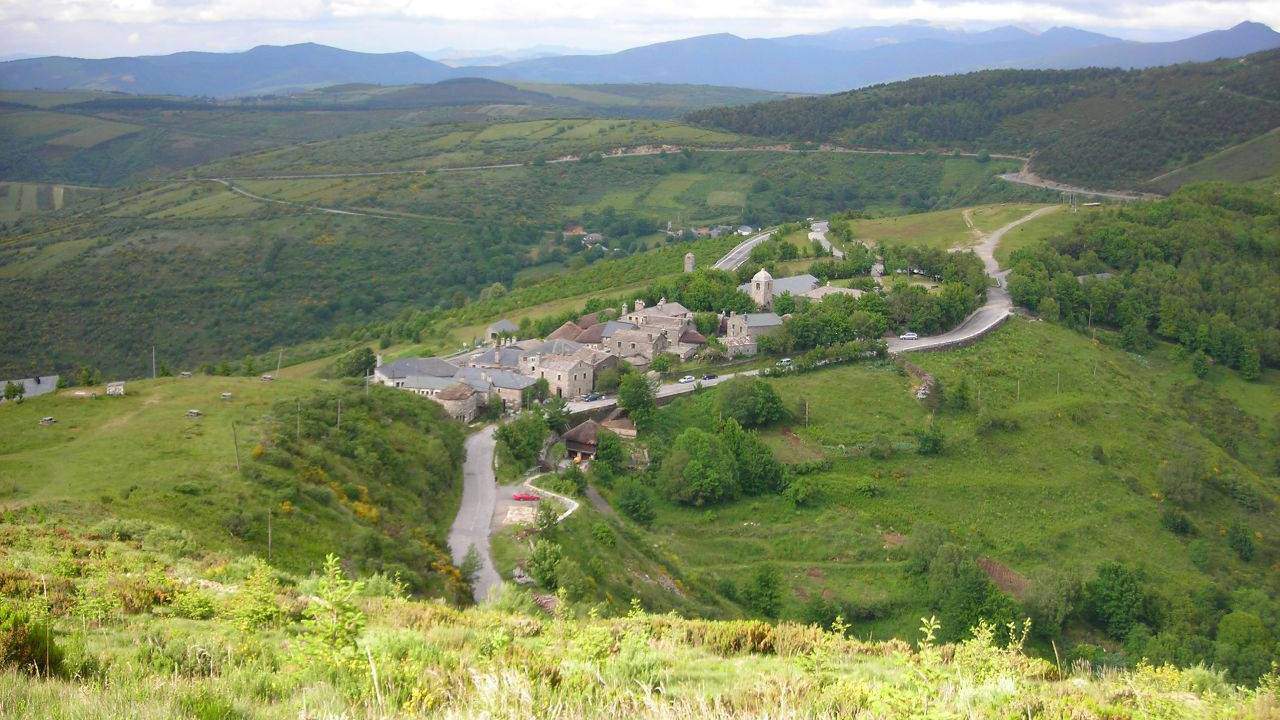
Where is O Cebreiro on the Camino?
O Cebreiro is a small village located in the province of Lugo, in the Galicia region of northwestern Spain. It sits at an elevation of approximately 1,300 metres and is the first significant village in Galicia on the Camino Francés route, just after crossing the border from the province of León.
What can you see from O Cebreiro?
Gazing north from the peak, the vibrant Navia Valley unfolds, its forests rich with colour, its landscape chromatic and resplendent. Beyond the wooded hills lie the mighty Ancares peaks, brooding over the valley below.
To the south, the dramatic ridges of the O Courel Mountains emerge in sharp relief, the Sierra range rising boldly against the horizon.
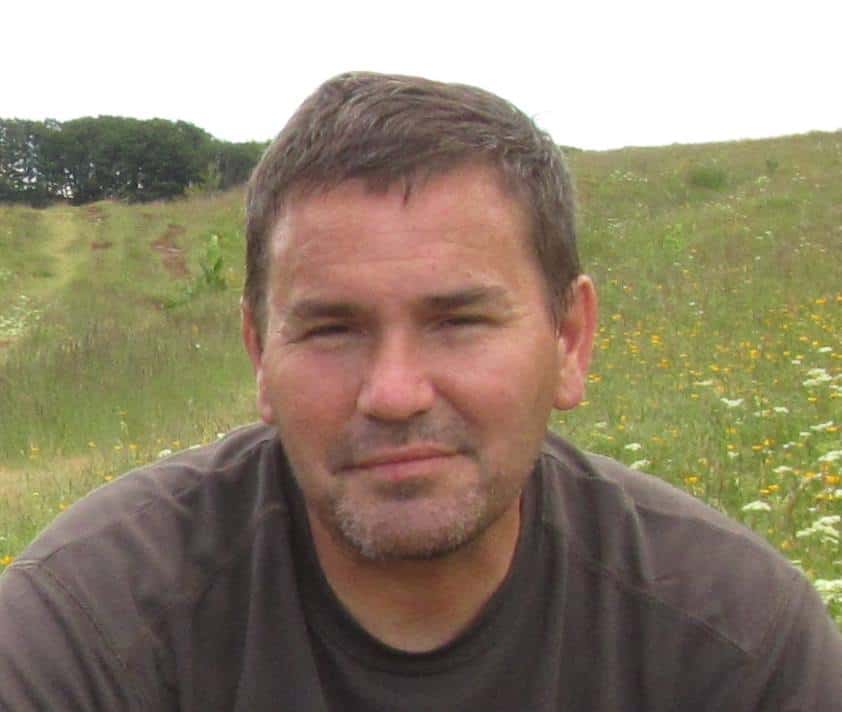
I love hiking, backpacking, and camping. From the Camino de Santiago to the West Highland Way in Scotland or simply a great day hike on the weekend. Hiking refreshes me, my mind, and keeps my body reasonably fit. So far I have walked three Camino routes and many other long distance hikes in the UK, Canada, and around the rest of Europe. One of the best was my hike up Ben Nevis.

